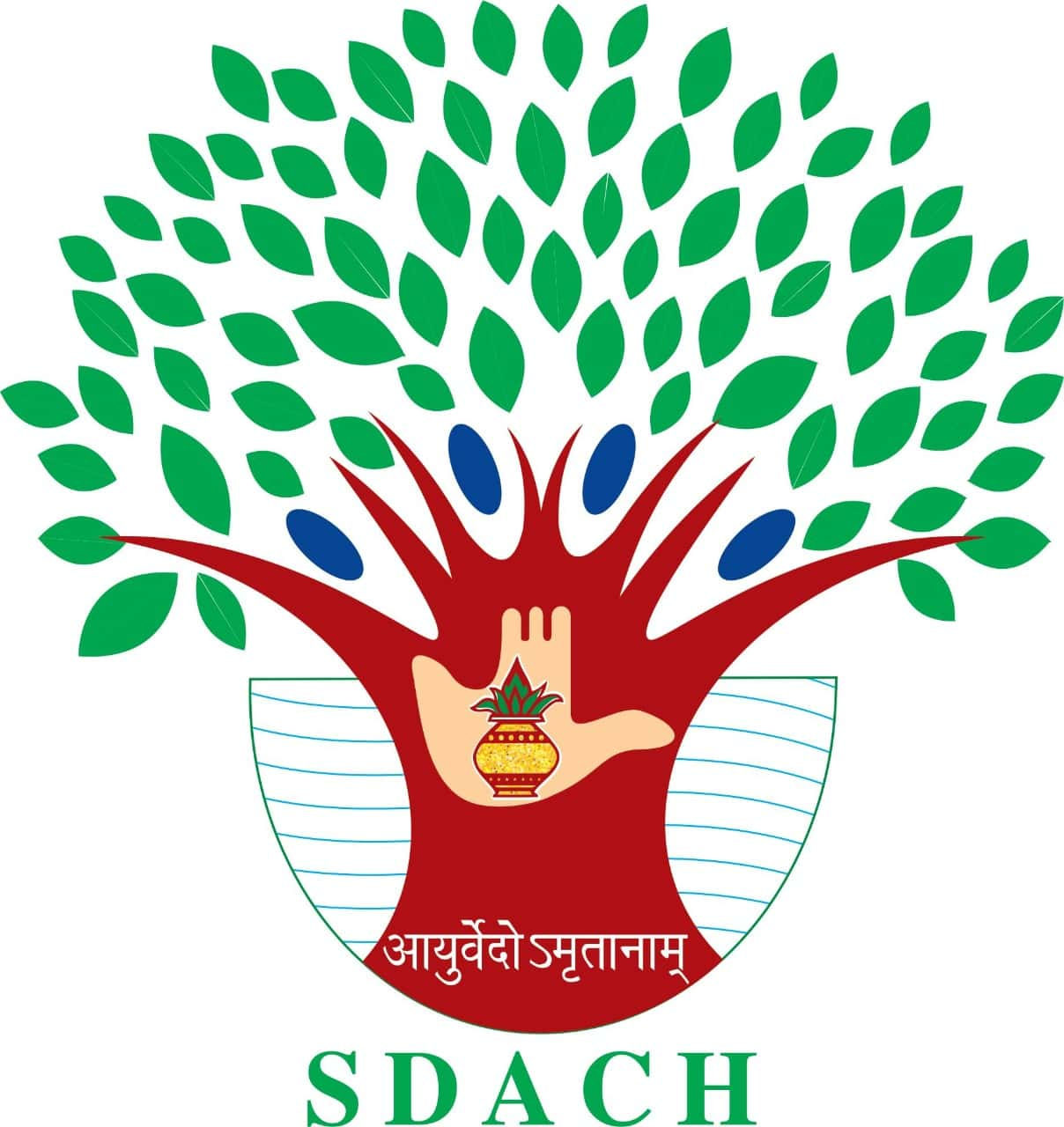Sanskrit Name
Yashtimadhu
Identification No.
SDACH/HG/192
Botanical Name
Glycyrrhiza glabra Linn.
Family Name
Fabaceae
Vernacular Names
Hindi: Mulethi
Marathi: Jeshthamadh
Tamil: Athimadhuram
Telugu: Atimadhuram
English: Liquorice root
Synonyms
Shloka from Bhav Prakash:
यष्टीमधु तथा यष्टीमधुकं क्लीतकं तथा |
अन्यत्क्लीतनकं तत्तु भवेत्तोये मधूलिका ||१२८||
Classification according to Charak, Sushruta, Vagbhata & Bhav Prakash
Charaka: Vayasthapana, Kanthya, Kasahara
Sushruta: Included in Kakolyadi gana
Vagbhata: Vayasthapana, Balya
Bhav Prakash: Under Madhura skandha
Habitat & Distribution
Native to the Mediterranean and subtropical regions of Asia. In India, found in Punjab, Jammu & Kashmir, and South India.
Morphology
Root: Cylindrical, straight, yellow inside, sweet taste.
Leaves: Pinnate, 9–17 leaflets.
Flowers: Pale blue to violet, in axillary spikes.
Fruit: Flat pods, containing 3–5 seeds.
Substitute/ Adulterant
Substitutes: Abrus precatorius (incorrectly used)
Adulterants: Artificially sweet roots like Tephrosia purpurea
Phytochemicals
Glycyrrhizin, Glabridin, Liquiritigenin, Flavonoids, Saponins, Isoflavonoids
Rasapanchaka
– Rasa: Madhura
– Guna: Guru, Snigdha
– Virya: Sheeta
– Vipaka: Madhura
– Prabhava: Kanthya
– Dosha Shamakta: Tridosha hara (primarily Vata-Pitta)
Karma- Rogaghnata
Kaasahara, Vayasthapana, Rasayana, Hrudya, Shothahara, Amlapittahara
Amayika Prayoga/Therapeutic Uses
External:
– Paste used for inflammatory conditions and skin allergies.
Internal:
– Cough, bronchitis, peptic ulcers, GERD, adrenal fatigue, and skin conditions.
Part used
Root (dried and peeled)
Dose
Churna: 1–3 g
Kwath: 50–100 ml
Extract: 250–500 mg
Yoga/Formulations
Kantakaryavaleha, Yashtimadhu Churna, Mulethi Ghrita, Vyaghri Haritaki Avaleha
IUCN Status
Not Evaluated.
Research updates
1. 2020 – Journal of Ethnopharmacology: Showed hepatoprotective effects in animal models.
2. 2021 – Phytotherapy Research: Glycyrrhizin effective in reducing gastric ulcers.
3. 2022 – Evidence-Based Complementary and Alternative Medicine: Used in COVID-19 symptom relief.
4. 2023 – Journal of Ayurveda and Integrative Medicine: Shown adaptogenic and anti-stress potential.
5. 2024 – Frontiers in Pharmacology: Found effective in reducing inflammation in autoimmune models.






